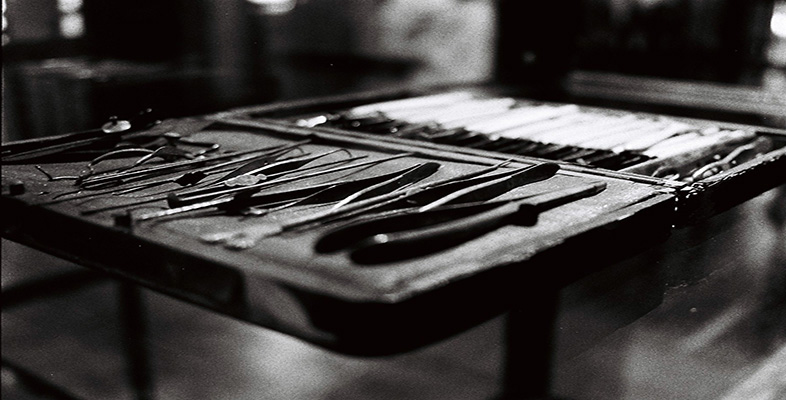5.3 Irregular and unorthodox practitioners
In the twentieth century, unlicensed practitioners continued to be an important source of medical advice. Faced with illness, people of all classes consulted relatives, neighbours with a reputation for curing or the local retail chemist – who had no medical training but a wide knowledge of therapies. Substantial numbers of patients from all classes chose to consult unorthodox practitioners who offered ‘natural’ forms of healing. Herbal medicine remained popular among working-class patients, and flourished in the industrial north and midlands of England. There were perhaps 2,000 herbalists practising before the First World War, and many more working part-time (Brown, 1985). By contrast, homeopathy declined in popularity in Britain and over much of Europe (with the exception of Germany and Holland). In 1874, there were around 300 practitioners in Britain; by 1909, there were 196 (Nicholls, 1988, p. 182). The decline of homeopathy did not herald any general slide in the popularity of unorthodox medicine. The early twentieth century saw the rise of Christian Science – a sect founded in 1879, whose followers rejected orthodox medical treatment in favour of mental and spiritual healing – and of osteopathy – a system of treatment devised in 1874, which was based on manipulating the joints.
